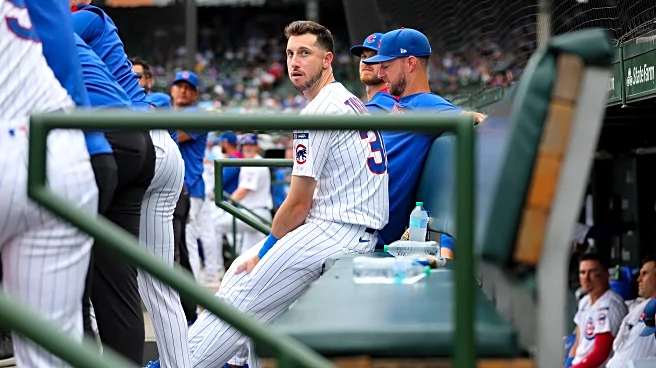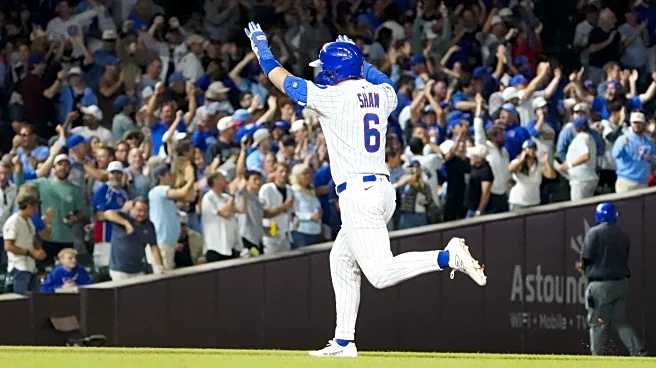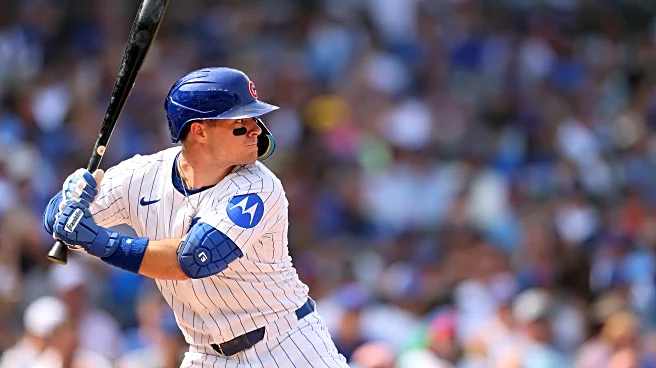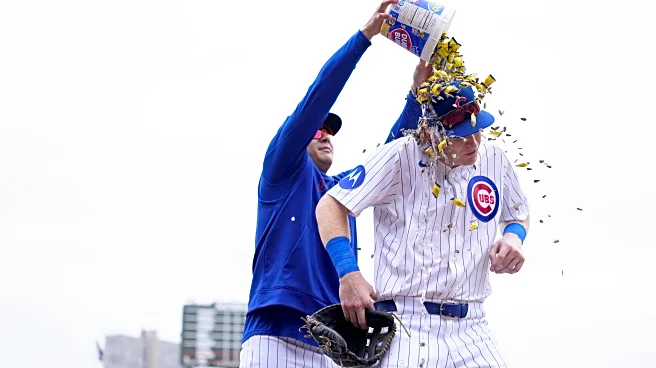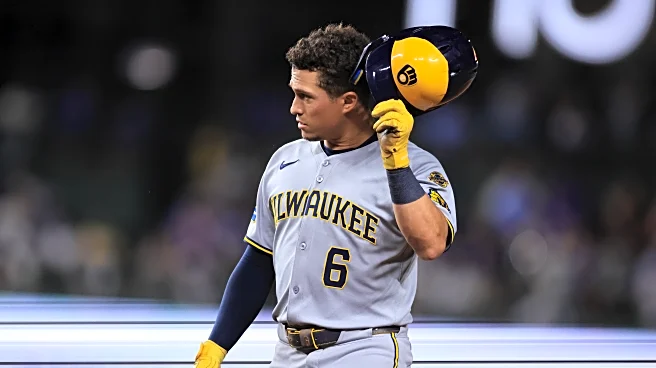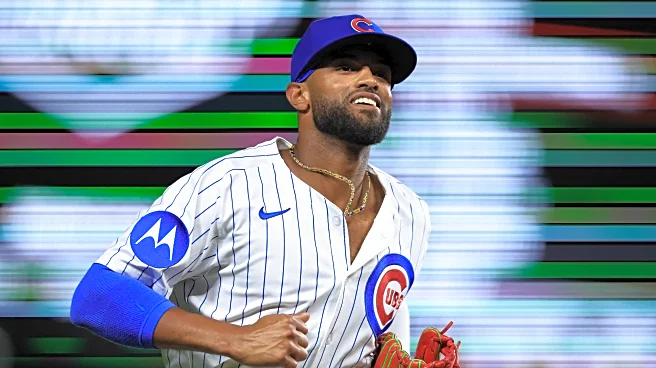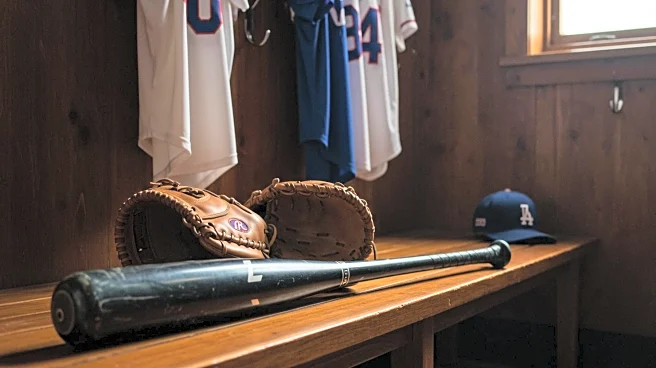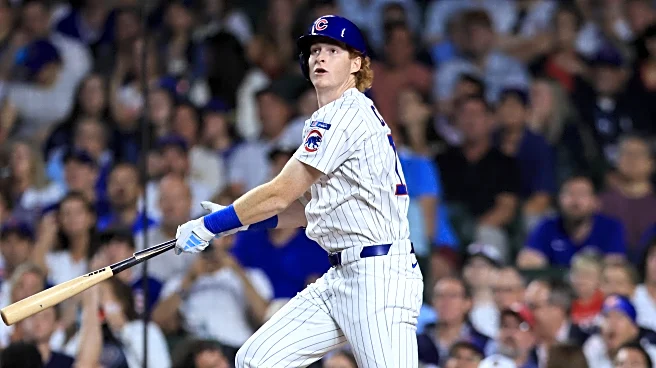
Kyle Tucker has been in a slump for well over a month. He sat for the first four games of the Brewers series before returning Thursday and going 0-for-4 with a walk.
As you know, Tucker suffered a finger injury June 1 while sliding into second base. He missed one full game and most of a second before returning. And he had a good month of June — .311/.404/.578 in 90 at-bats with five home runs.
Then his slump hit. Since July 1: .184/.310/.228 with one home run in 136 at-bats. The Cubs insisted he was
fine… until earlier this week. From Paul Sullivan in the Tribune:
The Cubs kept the results of an imaging test quiet while Counsell and President Jed Hoyer repeatedly insisted Tucker was fine the last two months, before Counsell finally confirmed an ESPN report on the small fracture after Wednesday night’s game.
Tucker said he was OK playing through some pain, though that decision looked bad when his slump, combined with the poor stretches of several teammates, contributed to the Cubs’ free fall from first place to wild-card contenders.
“I was just like, ‘I’m going to keep playing,’” he said before the game. “There wasn’t really a need to go on an IL, because I could still do everything. It was more like a pain tolerance at that point rather than like I physically couldn’t do anything.”
Tucker is headed toward free agency and projected as the top available hitter. Missing time could’ve cost him on the market, where he stands to make $400 million or more. But he kept playing until Counsell finally benched him after Monday’s game for a mental reset.
Why the deception?
Counsell said many player injuries are not disclosed when that player is still good enough to play. He didn’t feel the Cubs misled the media “because (Tucker) was playing” and hitting well for a while.
This is a really bad look for the Cubs and Tucker. First, again, as Sullivan writes: “Why the deception?” Craig Counsell’s answer really isn’t sufficient. There have been many occasions when players have tried to play through injuries and their performance has suffered. You might recall a knee injury suffered by Alfonso Soriano early in the 2009 season, only to have him play for four months before finally admitting it and being shut down in early September that year. It wound up being Soriano’s worst year as a Cub.
Team management shouldn’t engage in deception like this. Period, end of story.
Let’s stipulate this: Players always want to be on the field and help their teams. It’s the nature of being a competitive professional athlete. But wouldn’t it have been better for Tucker to miss a couple of weeks in June — when the rest of the team was playing well — and then come back 100 percent (or as close as possible)? Having Tucker play that way for well over 100 plate appearances didn’t help the team. Or, for that matter, help Tucker in his pursuit of a big free-agent deal next offseason.
It’s been assumed by many here that the Cubs won’t pony up the $400 million (or so) that Tucker is projected to get in this year’s free-agent market. The question I would ask, then, is: Would the team actually be better off not doing that? It’s only been a few games, but Owen Caissie appeared to be able to handle playing right field for a playoff contender in a series against a top opponent. Caissie checked all the proverbial boxes in the Cubs system and, as was Matt Shaw earlier this year, appears ready to graduate to the major leagues.
If the Cubs installed Caissie as their right fielder in 2026 and used some of the money not spent on Tucker to improve in other areas, well, I’d be all in favor of that. Whether they actually do this is, of course, an open question.
Here’s hoping Tucker plays well for the Cubs for the rest of the season and postseason. And here’s also hoping the Cubs are more honest with their fanbase going forward.
